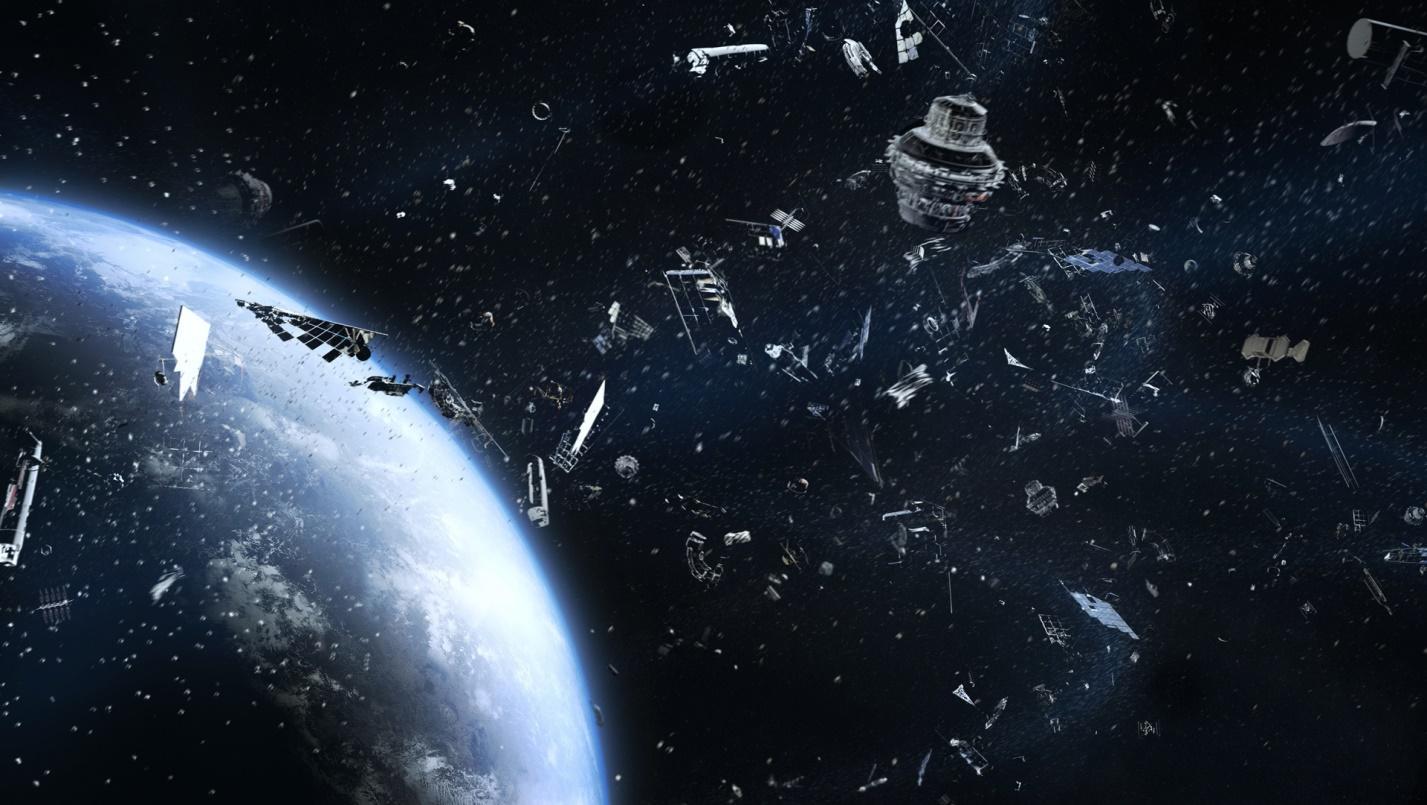
Space debris, also known as space junk, is a growing concern for scientists and space agencies around the world. As the number of satellites, rockets, and other objects launched into space continues to increase, so does the amount of debris orbiting the Earth. This debris poses a significant risk to satellites, the International Space Station, and future space missions.
In recent years, scientists and engineers have been working on developing various space debris remediation strategies to combat this issue. These strategies aim to either remove existing space debris from orbit or prevent the creation of new debris in the first place.
In this article, we will explore 15 intriguing facts about space debris remediation strategies. From harpoons and nets to laser-based systems and space tugs, these innovative technologies offer promising solutions for cleaning up our space environment and ensuring the safety and sustainability of our future space endeavors.
Key Takeaways:
- Space debris is a big problem! But scientists are using cool tech like lasers and nets to clean it up and keep space safe for future missions.
- Countries are working together to solve the space debris puzzle. With AI and teamwork, we can make space a cleaner and safer place for exploration.
What is space debris?
Space debris refers to the defunct satellites, spent rocket stages, and other remnants left in orbit around the Earth as a result of human space exploration activities.
The growing problem of space debris
The accumulation of space debris in Earth’s orbit poses a significant threat to satellites, spacecraft, and even astronauts, as even small debris can cause severe damage upon collision.
Active debris removal
Active debris removal involves technologies and strategies aimed at actively capturing and removing space debris from orbit, thus reducing the risk of collisions.
Laser-based debris removal
Laser-based debris removal is a proposed method where lasers are used to target and vaporize small debris, causing them to lose momentum and eventually fall back into Earth’s atmosphere.
The use of nets
One approach to space debris capture involves launching nets that can ensnare larger pieces of debris, allowing for controlled re-entry into Earth’s atmosphere.
Sovereign capabilities in space debris remediation
Various countries are developing their own space debris remediation capabilities, including robotic systems that can autonomously capture and deorbit debris.
The importance of international collaboration
Addressing the space debris problem requires international collaboration among space agencies, organizations, and governments to establish common protocols and strategies.
Orbital debris tracking and monitoring
Tracking and monitoring systems play a crucial role in identifying and cataloging space debris, enabling more effective remediation efforts.
Space debris repurposing
Some innovative projects explore the possibility of repurposing space debris, using it as raw material for future space missions or construction purposes.
The role of artificial intelligence
Artificial intelligence and machine learning techniques are being utilized to enhance space debris detection and tracking, allowing for more accurate predictions and potential collision avoidance.
Formation flying missions
Formation flying missions involve deploying multiple small satellites that work together to locate and capture space debris, mitigating the risks associated with individual missions.
Environmental implications of space debris remediation
The removal of space debris has environmental implications, as controlled re-entry of debris can lead to atmospheric pollution and potential hazards.
Space debris mitigation guidelines
International space agencies have established guidelines for spacecraft design and operation to minimize the creation of new space debris during mission lifetimes.
The economics of space debris remediation
Space debris remediation efforts involve significant costs, creating opportunities for the development of commercial services and technologies in this field.
Future trends and challenges
As the volume of space debris continues to increase, ongoing research and development are essential to improving space debris remediation strategies and ensuring the sustainability of space exploration.
Conclusion
As we explore and expand our presence in space, it is crucial to address the issue of space debris. The 15 intriguing facts about space debris remediation strategies highlight the innovative approaches and technologies being developed to mitigate the growing problem. From capture and removal techniques to orbital debris tracking systems, these strategies aim to clean up space and ensure the long-term sustainability of our activities.
With partnerships between governments, space agencies, and private companies, there is a collective effort to find effective solutions. By implementing these remediation strategies, we can minimize the risk of collisions, protect existing satellites and spacecraft, and pave the way for future space exploration.
As we continue to advance our understanding of space debris and its consequences, it is essential to prioritize the development and implementation of effective remediation strategies. By doing so, we can preserve the beauty and opportunities that space offers while safeguarding our investments and ensuring a sustainable future in the final frontier.
FAQs
1. What is space debris remediation?
Space debris remediation refers to the techniques and strategies aimed at mitigating and removing space debris from Earth’s orbit. These efforts include capturing, deorbiting, and disposing of defunct satellites, spent rocket stages, and other debris to reduce the risks of collisions in space.
2. How dangerous is space debris?
Space debris poses a significant danger to operational satellites, spacecraft, and astronauts. Even small fragments can cause significant damage or lead to catastrophic collisions due to their high speeds in orbit. As the amount of space debris increases, so does the risk of collisions and the generation of even more debris through cascading collisions.
3. What are some strategies for space debris remediation?
There are several strategies being explored for space debris remediation, including capturing and deorbiting defunct satellites using robotic arms or nets, deploying drag sails or tethers to accelerate the natural decay of debris, and using lasers or ion beams to modify the orbits of larger objects to reduce collision risks.
4. Who is responsible for space debris remediation?
Space debris is a global concern, and various organizations, including space agencies and international bodies, are involved in addressing this issue. The responsibility for space debris remediation falls on both governments and commercial entities that operate satellites and launch vehicles.
5. How long will it take to clean up space debris?
Cleaning up space debris is a complex and ongoing process that will require sustained efforts and advancements in technology. It will likely take many years or even decades to significantly reduce the amount of space debris and ensure a sustainable environment for future space activities.
Discover the intricacies of space debris remediation through these 15 captivating facts, shedding light on innovative technologies, international collaboration, and the challenges that lie ahead. As you explore this fascinating realm, consider delving into the enigmatic world of spacecraft docking systems, where precision and ingenuity converge to enable groundbreaking space missions.
Was this page helpful?
Our commitment to delivering trustworthy and engaging content is at the heart of what we do. Each fact on our site is contributed by real users like you, bringing a wealth of diverse insights and information. To ensure the highest standards of accuracy and reliability, our dedicated editors meticulously review each submission. This process guarantees that the facts we share are not only fascinating but also credible. Trust in our commitment to quality and authenticity as you explore and learn with us.


